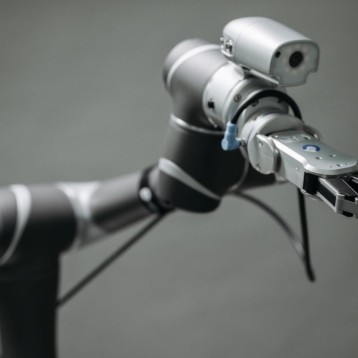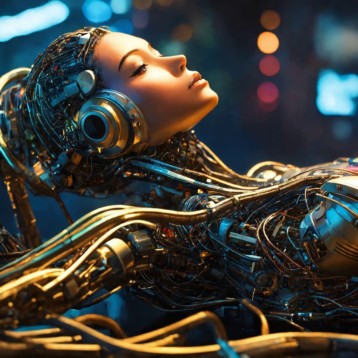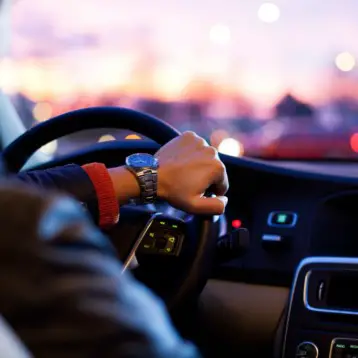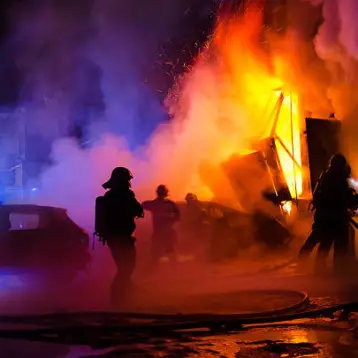The goal of the Cornell team is to create algorithms that will allow robots to be more robust and adaptive to new tasks, conditions, and environments, and to gain some quantitative (algorithmic) understanding as to how self-models might arise in nature.
The technology developed by the Cornell team has various future applications. It can help create robots that must function independently from humans (e.g., for space missions or hazardous environments). If such a robot encounters unforeseen damage to itself or an unforeseen situation, it may be able to diagnose the problem and create a compensatory or new controller – and do so without many physical trials that might be costly, too slow, or risky. Beyond robotics, many machines could benefit from continual diagnosis and repair. The Cornell team previously showed that the same algorithm can perform damage diagnosis for bridges or infer a hidden decision network from observations.
More information, pictures, and videos of this remarkable technology can be found on the Cornell Computational Synthesis Lab Self Modeling webpage.










